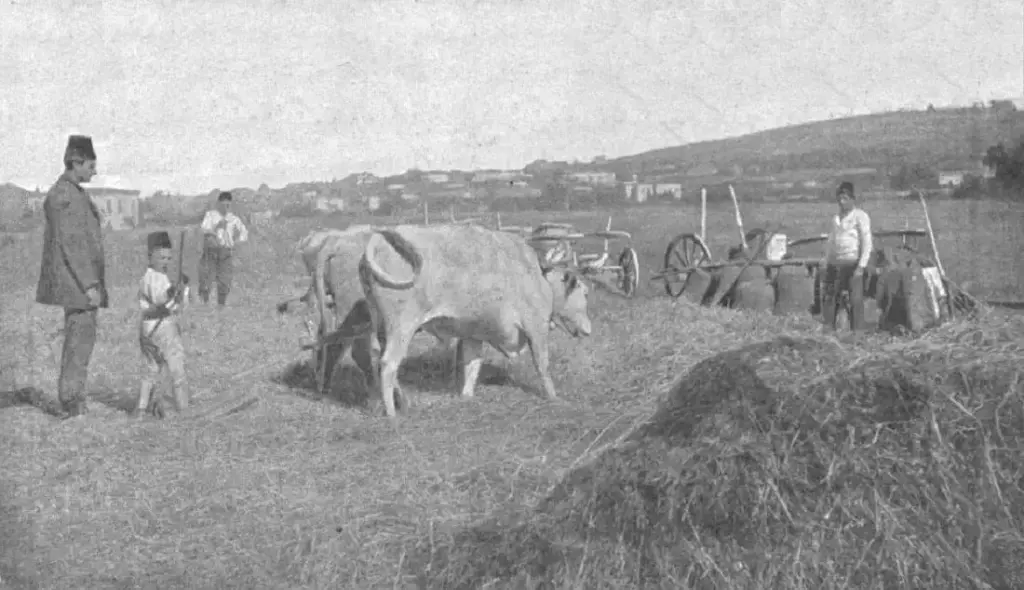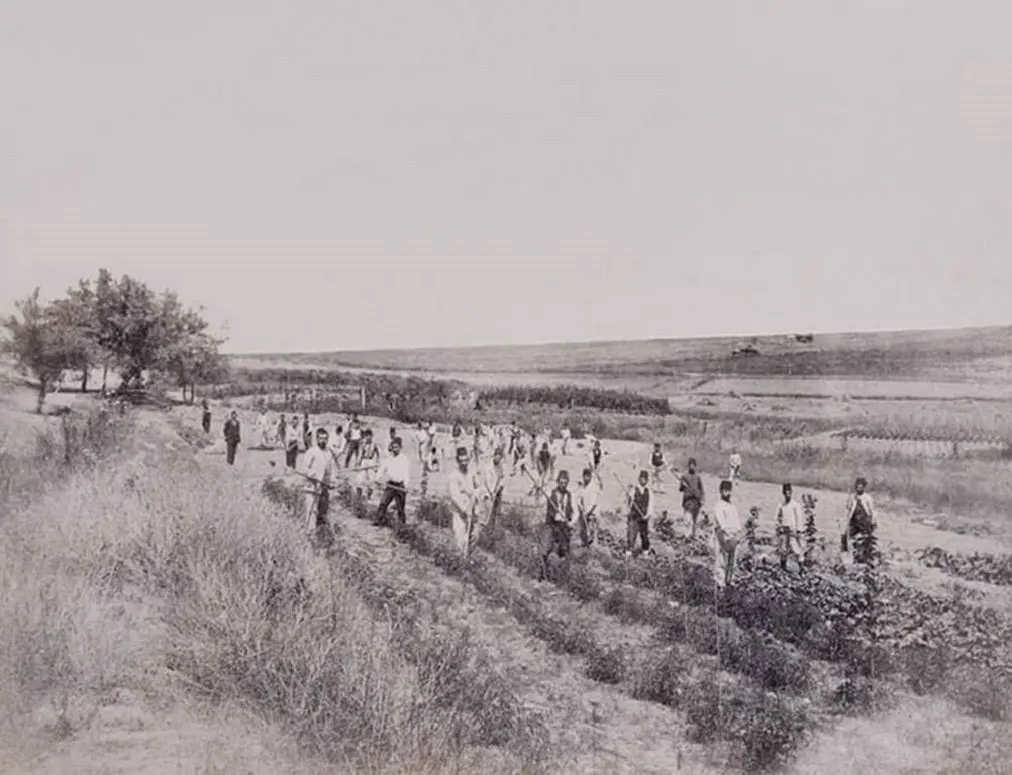The basis of the land system in the Ottoman Empire is based on Islamic land law. Islamic land law was shaped based on the principles stated in the Quran and hadith and provided guidance on land ownership and use in Islamic societies. The Ottoman State created its own land system based on these Islamic principles. However, the Ottomans not only benefited from Islamic land law, but also from the land systems of the previous Turkish Islamic states. In particular, the land arrangements of Turkish Islamic states such as the Seljuks and Anatolian Principalities played an important role in shaping the land policies of the Ottomans.
However, when creating the land system in the Ottoman Empire, they benefited not only from the Islamic and Turkish Islamic traditions, but also from the land systems of various civilizations. In particular, the land arrangements of civilizations such as Rome, Byzantium and ancient Iran were effective in shaping the land policies of the Ottomans. The Ottomans used the land systems of these civilizations by adapting them to the conditions and needs of their own period.
Since the Ottoman Empire ruled over a large area, it did not apply a single system for land ownership and use in every region of the country. The Ottomans took into account the customs and traditions previously applied in the places they conquered and made land arrangements according to the characteristics of each region. Therefore, the Ottoman land system has a versatile and flexible structure.
Types of Land Systems in the Ottoman Empire
The land system in the Ottoman Empire was generally divided into three: mirî, mülk and vakıf.
- Freehold lands are lands that belong to private individuals or foundations and can be freely disposed of.
- Mirî lands are lands that belong to the state and are generally subject to tax.
- Foundation lands are lands that belong to charitable institutions and are generally used for specific purposes.
These three different types of land formed the basis of the land system in the Ottoman Empire and greatly influenced the economic and social structure of the empire.

Land System in the Ottoman Empire: Property Land
- These are lands whose property belongs to individuals. These lands are formed by giving a certain amount of miri land to individuals by the ruler or by leaving the lands previously used as property in newly annexed regions to their owners.
- The amount of freehold land in the Ottoman lands was quite small. Those who owned such land, the income and right to use of which belonged to the owner, had the right to sell, endow and donate their lands.
- The lands of the property are divided into two groups: haracî and tâşrî:
Haracî Lands : Lands owned by non-Muslims. These landowners would pay a tax of 20% to 50% according to the yield of the crops they cultivated.
tâşrî Lands : Lands owned by people who were Muslim before the conquests or who converted to Islam during the conquests. These landowners would pay a certain amount of the crops they produced to the state as “tâşr”. The tâşr tax was usually levied as 10% of the crop, but this rate could change depending on the fertility of the land.
Land System in the Ottoman Empire : Miri Land
Mirî lands were divided into various parts according to their intended use:
- Dirlik : It was the largest land within the Mirî land. These lands were generally used as dirliks given in return for salaries. Dirlik lands were divided into three groups according to their income: has, zeamet and timar. These lands were generally allocated to state officials, military personnel or people serving the state.
- Arpalık : Lands given to palace members and some high-ranking scholars in addition to their salaries during their employment. These people would receive the income from these lands as a retirement pension after leaving their positions until they died. Arpalıks were generally allocated to palace officials or members of the religious class and were used to provide for their livelihood.
- Paşmaklık : Lands allocated to the palace women, such as the sultan’s mother, daughters or sisters. These lands were generally given to the sultan’s close relatives in order to provide income and to provide for their livelihood. Paşmaklık lands played an important role in ensuring the welfare and comfort of the sultan’s family.
- Malikâne : Malikâne is the lands allocated to important commanders, dervishes and ahi who participated in the expeditions of the Ottoman Empire in order to facilitate and encourage the conquests in the conquered countries. Malikâne was usually given to certain people from the lands acquired during the conquest. In addition, malikâne lands could be formed by the sultan giving to them the properties belonging to the lords in the lands left by the Islamic states. These lands were usually given the right to use for a certain period of time and were given in return for the person’s services or loyalty.
- Mukataa : Mukataa is one of the tax collection methods of the Ottoman treasury. It also refers to the miri lands whose income goes directly to the central treasury. Mukataa is the income-generating lands given to individuals or institutions authorized to collect taxes. Tax revenues were usually rented by tender for a period and paid as rent. The mukataa system was used to regulate the tax collection of the Ottoman Empire and increase its income.
- Yurtluk ve Ocaklık : These are lands given to local lords or tribal leaders who were effective in integrating a region into the Ottoman Empire and who declared their loyalty to the state. Yurtluk and ocak lands were given to regional leaders or tribal leaders as a reward for their loyalty and service. These lands were of strategic importance for the expansion of the Ottoman Empire and the security of its borders. At the same time, the allocation of these lands was also used as a method to ensure the loyalty of regional leaders to the state and to keep them under Ottoman rule.
Land System in the Ottoman Empire : Foundation Land
These are lands donated by charitable property owners to cover the expenses of social institutions such as mosques, masjids and madrasahs with their income.
The subjects who worked these lands were taxed with the knowledge that the taxes they had to pay would only be spent on foundation expenses.
Foundation lands constituted an important resource for meeting the religious, educational and social needs of the society. They were generally administered by foundations.
